Either the operation or the pain, going on and on, stabbing with sharper and sharper knives; cutting in deeper; all their care, the antiseptics, the restoratives, dragging it out, giving it more time to torture her.
May Sinclair – Life and Death of Harriett Frean
Mary Amelia St. Clair Sinclair, known as May Sinclair, was born in Rock Ferry, Wirral in 1863. Her family lived in a house called Thorncote in the prosperous Rock Park suburb and she spent the first seven years of her life at this address. May Sinclair was a feminist, a successful author and a key figure in the early modernist movement. There has been something of a resurgence of interest in her work in the last few years but she is perhaps still best known for coining the phrase ‘stream of consciousness writing’ when reviewing the work of her friend, Dorothy Richardson.
The Sinclair family lived in a large house with an extensive garden and were attended by a number of servants. Due to a series of unwise investments, May Sinclair’s father, William, lost most of his money and the family were forced to leave Rock Park. May was just seven-years old at the time.
For the next eleven years, until William’s alcohol-related death, the family led a nomadic life before settling in the village of Gresford, near Wrexham. The village is just three miles from my home: a pleasant walk across the fields, sometimes taking in one of my favourite pubs on the way. Gresford is infamous for the colliery disaster of 1934 in which 266 men and boys died as a result of lax safety procedures. The heart of the village, however, is much older than the nineteenth-century expansion which came with the discovery of coal and is listed in the Domesday book as ‘Gretford’ (Old English græs and ford ‘grassy ford’). A number of Roman artefacts have been unearthed around the village suggesting a possible Roman settlement from nearby Deva (Chester).
We know very little about May Sinclair’s everyday life during the eight years or so she lived in Gresford. But what we do know is that this was a period when May’s career as a writer began to take off, but it was also a time marked by several family tragedies. It is likely too that the family attended services at All Saints parish church in the centre of the village as it is recorded from their time in Rock Park that they were Anglicans and regular churchgoers and that May’s mother, Amelia, was particularly devout. Her faith, however, was inflexible and austere. May later wrote that the atmosphere her mother created in the family home was one of ‘cold, bitter, narrow tyranny’.
While in Gresford May continued her private studies of philosophy and began, tentatively at first, to write poetry. In 1886, when she was aged 23, May Sinclair’s first collection of poems, Nakiketas and Other Poems, was published. To be taken seriously by the male literary establishment, she published the collection under the pseudonym ‘Julian Sinclair’. The longest poem, Helen, focuses on a loveless marriage and Helen’s determination, in a society where she had no other options, to rise above the casual cruelty of her husband, Emile:
for I know
That love is not the whole of a woman’s life,
Nor yet of man’s, but there are higher things-
Devotion-honour-faith-self-sacrifice.
Nakiketas and Other Poems is a sombre and serious work and foreshadows the tragedies which befell May and her family during their remaining years in Gresford. In 1887 her brother Harold died at the age of just 29. Then, in 1889, one of her remaining three brothers, Frank, died while serving with the Royal Artillery. I manged to locate his probate record (not settled until 1901) which shows that he left effects to the value of £100 to May. Both brothers suffered with a congenital heart defect and are buried together in the churchyard of All Saints Gresford.
In 1890 May Sinclair, her mother and her brother Reginald left Gresford for the final time. I have not been to locate the address in Gresford where May and her family lived. Tantalisingly, they arrived just after the 1881 census and left ahead of that which took place in 1891. May Sinclair’s time in Gresford is marked by a single volume of poetry and the memorial stone to two of her brothers.
I am indebted to Suzanne Raitt and her excellent biography ‘May Sinclair: A Modern Victorian’ for much of the biographical detail used in this article
I also recommend the website of the May Sinclair Society for further information, research and discussion on May Sinclair and her work
Image of Harold Sinclair monument (grave 377409) courtesy of the Gravestone Photographic Resource (GPR)
All other images ©Bobby Seal

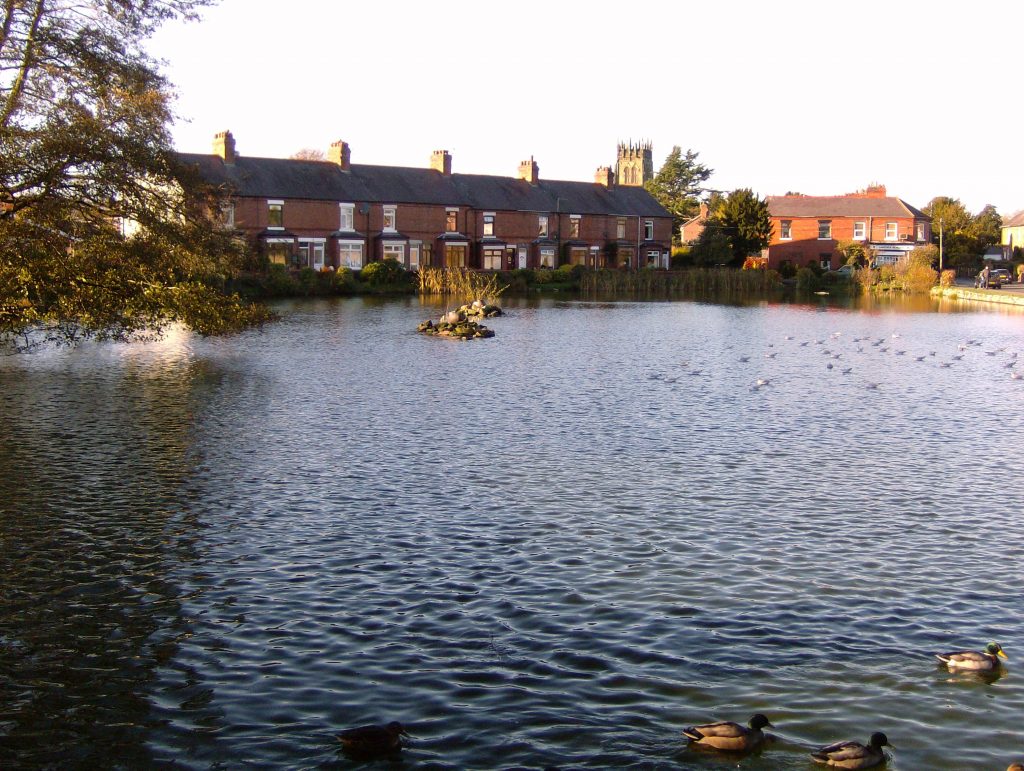
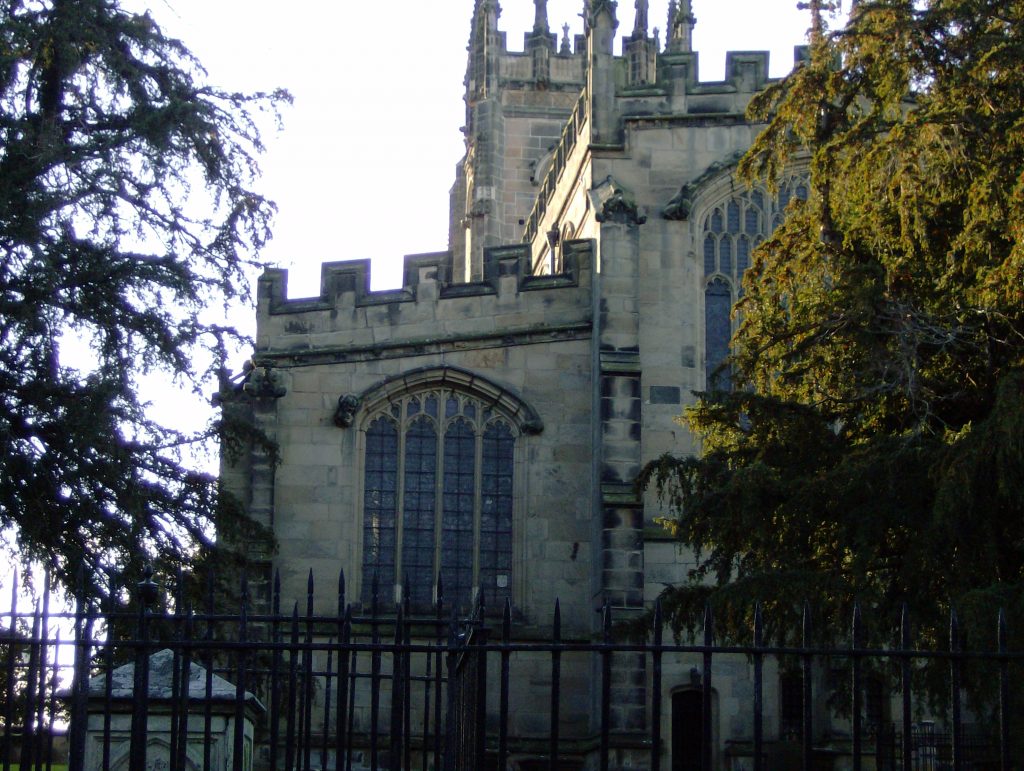
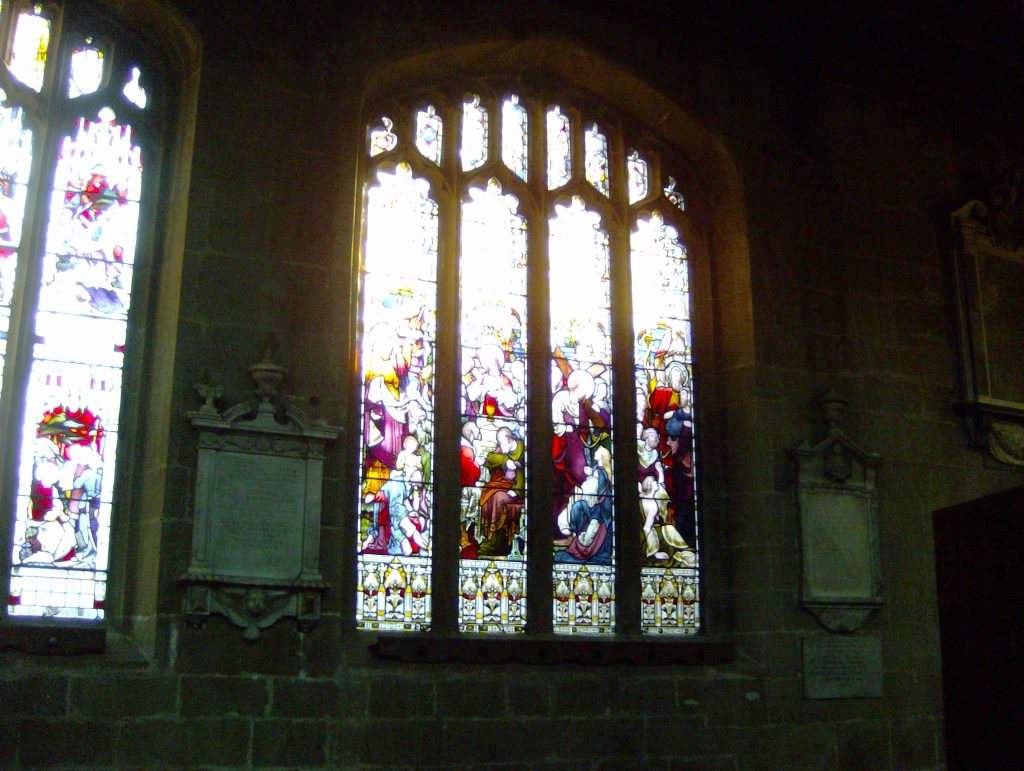
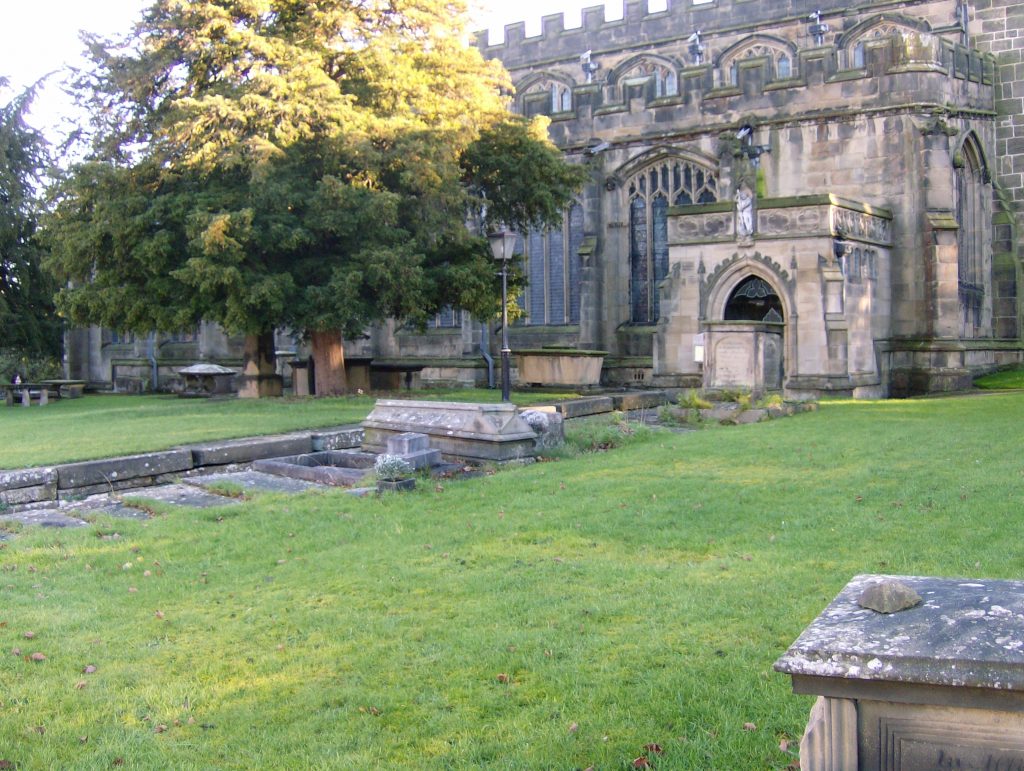
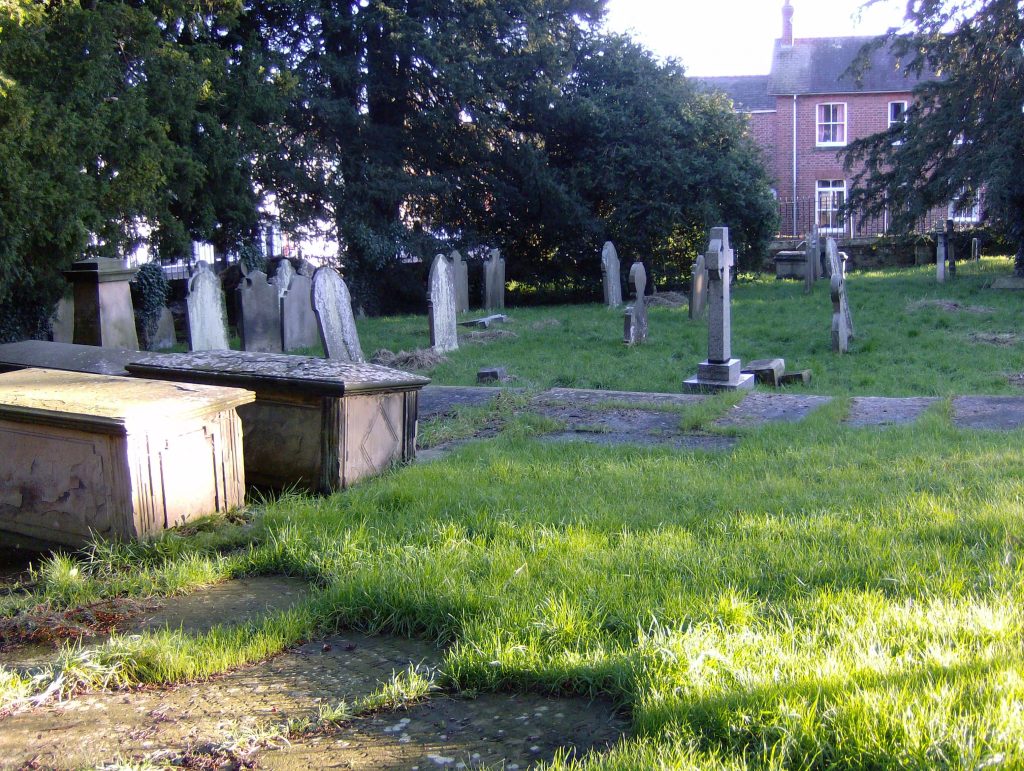
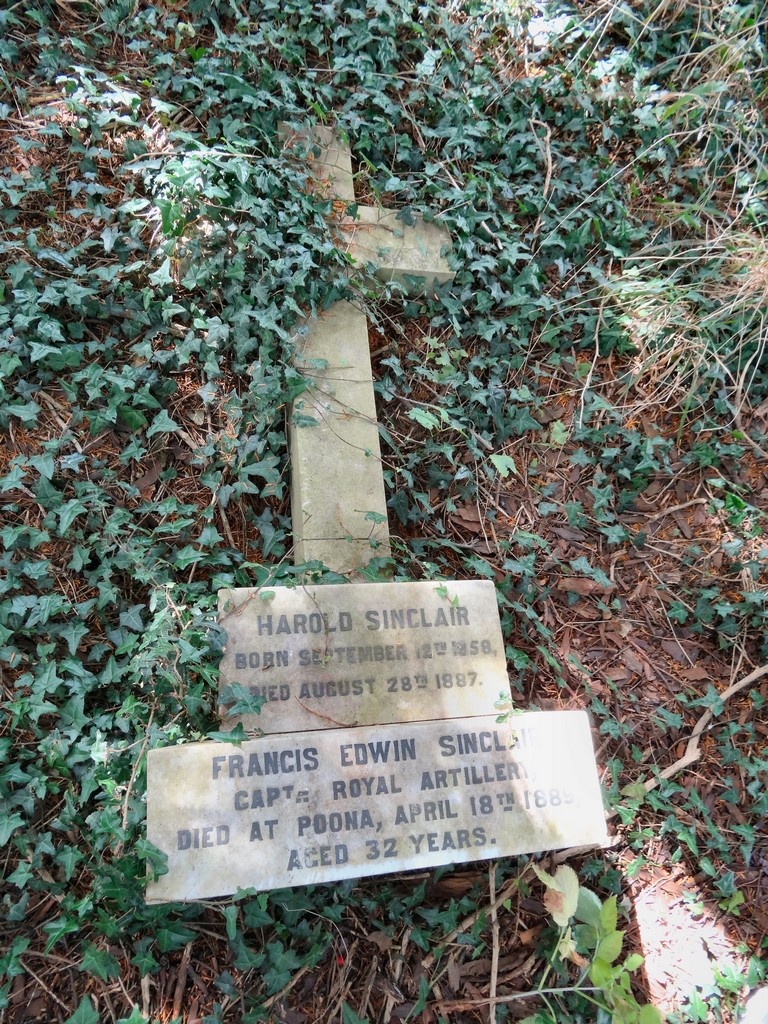
Interesting to see the gravestone of her family – looks a bit neglected. Well tracked down. I posted on Harriet Frean a couple of years ago: https://wp.me/p3oBGt-vX
Enjoyed your posts on the trans-Exmoor walk.
Thanks Simon. Yes, I enjoyed reading your Harriett Frean piece the first time round.